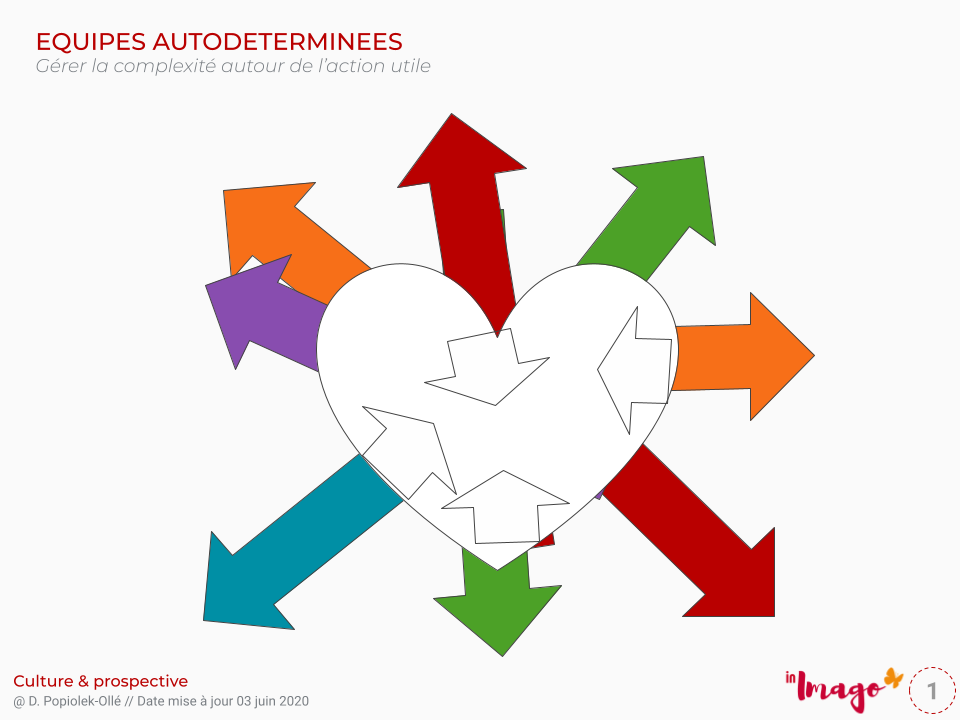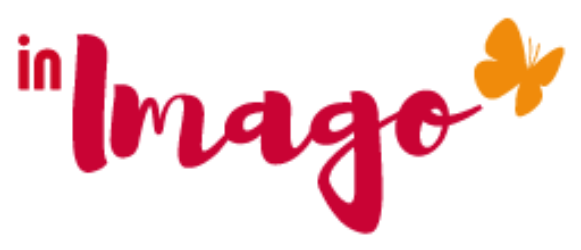The useful action
The useful action is “the art of maximizing the number of things not done” as proposed by the Agile Manifesto. Committing teams to simplicity is a guarantee of long-term performance.
It is also a way to organize and save time by giving up without regret what has not been achieved. Not to do is easy to say but how difficult to make people understand: it is a hunt for the useless. Everyone has the impression of losing something or of not having been up to the task …
It is also an art of living, that of Being in the Present. In a Present, which is not already encumbered with things not yet done or things to do, it is an option to stop time. Useful action is the essential action to set in motion. You are FOCUSED, focused on what is needed immediately to make it work.
Useful action and discernment
Discernment is the ability to recognize globally what is favorable to oneself in a given context. Discernment uses the 5 human senses to determine if an action is useful, approximating intuition, and adds an objective assessment.
Discernment is the reflective impact. This is the moment when everyone understands the impact of their intentions on the group and puts them at the service of the collective. All the ideas are brought together, put at the heart of the group project, to build a proposal, an offer open to other players. The useful action is identified and set in motion to serve the entire value chain and to offer a quality service offer.
Implement the useful action
The useful action is the moment when, in all simplicity, each actor of the Team gathers the results of his work and deposits them in the common heart.
It is from this common heart that the learning organization will be able to initiate a movement of wider transformation.

Triggering this mobilization is the challenge sought by living management. It is a harmonic movement where, like in an orchestra, the melodies complement each other to form a harmonious whole.
How to implement it ?
Create harmony
How to create harmonics in your organizations?
1- Establish a learning culture by supporting your management towards a smooth transition
As in a breath, as a manager, I inhale and build and, in an exhale I transmit.
The model below is our 4-step interpretation of two Japanese concepts Shu Ha Ri and Chadō.
This approach allows managers and their teams to enter into a learning organization process and to set up flexible transition management, promoting the emergence of autonomous teams and the emergence of Agile values.
The left part, Shu Ha Ri Do, allows in a cycle of 4 stages, to implement a lasting and wanted change, then to evolve towards the co-construction by having acquired the necessary wisdom to listen attentively to what is proposed by the team.
The cycle continues and improves as the respective learning progresses.
Simplify
The tools of strategic management to simplify promotes communication and the translation of a vision into a strategic plan
Complexity vs Simplicity in management, these are 8 keys to support and transform by deploying a management that mobilizes and engages the team.
« Perfection is achieved not when there is nothing more to add, but when there is nothing more to take away. »
Boost team energy
Collective support and team coaching are practices that make it possible to adjust to find efficiency in group work.
Support, transform is a section to explore techniques, tools and postures and allow managers and their employees to succeed in the challenge of emotional intelligence.
Supporting everyone in their quest for meaning, managing interactions, federating and putting into action are the pillars necessary to move your organization systemically.
Discover all the Support-Transform articles

